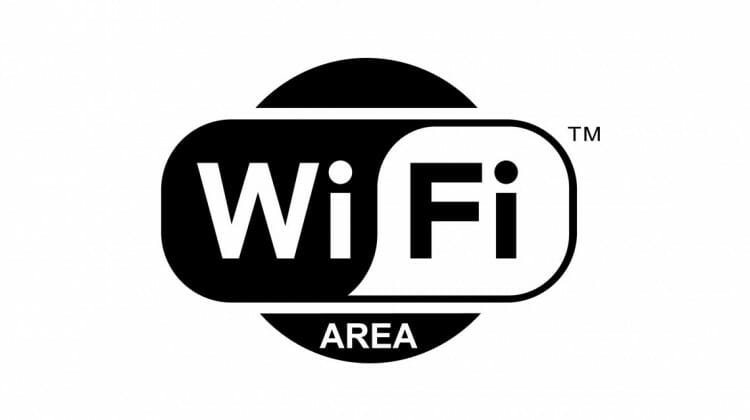
Eight to ten years ago many businesses added WiFi networks to their offices using what was ubiquitous at the time. Namely, inexpensive access points like the Linksys WAP54G (don’t take that the wrong way, it’s a great WAP and we still have love for this venerable old workhorse). Many people had similar devices installed at home, and since they worked fine there, well why not the office too? And for most folks they did work fine at the office. If you had 30 people in the office but only 3 of them had laptops, an inexpensive consumer-grade wireless access point could keep up just fine.
Fast forward to 2012 and these days most small businesses (well the majority of small businesses we service anyway) run predominantly on laptops. Some are 100% laptops, with no desktop computers in sight. Heck some of our clients don’t have assigned desks, they just have work spaces that employees float into and out of, and in places like that everyone is all wireless, all the time.
And everyone these days has an iPhone or Android phone, too, and we’ll often see 3 or 4 iPads or Android tablets at each client. Oh and don’t forget guests, there are always guests coming in and how are they going to have a meeting if they can’t get online?
Network usage has changed too. Eight years ago YouTube didn’t yet exist, and Netflix only delivered DVDs. If YouTube or Netflix’s streaming video had been available 8 years ago most folks wouldn’t have been able to use them anyway, because most offices were limited to not-so-fast DSL connections.
In other words, in our hypothetical example, your wireless network that was a “nice to have” for 3 people eight years ago is now critical network infrastructure for 75+ devices. And each device is consuming 20 times as much bandwidth as before.
So now what? Clearly the landscape has changed, and the market has changed to fit, which is why most wireless brands now have a consumer line and a business line. The consumer devices are pretty much what they were 8 years ago, with a little better interface and capable of higher speeds. Business devices are myriad, with countless options for number of radios and the channels they support, transmit power, local- and cloud-based management interfaces, brands, models, etc.
How do you make sure you get what you need for your business? Well, of course I’m going to tell you to talk to an expert, someone who will do a wireless survey, assess performance and coverage goals, and use professional tools to pick the right devices, install them in appropriate locations, configure them to meet your needs, and (very important!) provide ongoing monitoring, maintenance, management and support.
Don't Fall Behind!
Get the latest work-from-home and Humans First® IT tips straight to your inbox.